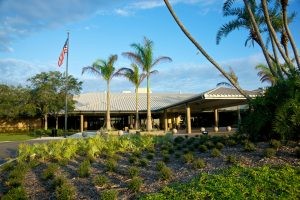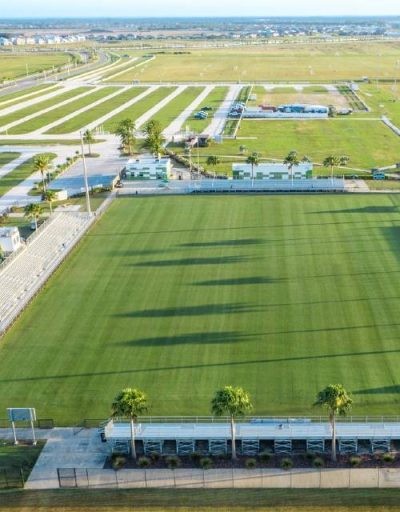Coastal Birds and Where to Find Them
The Bradenton Area’s diverse ecology attracts and supports a variety of native, unique and rare birds, including seabirds. From the lush barrier islands to the inland preserves, there are countless ways to watch these amazing avians in their natural habitat. Grab your binoculars, download our handy Bradenton Area Birding Guide, and set out an ornithological adventure!

Barrier Island Birding
Located along the tranquil Gulf of Mexico, the beaches of Anna Maria Island and Longboat Key are home to many native coastal birds. You’ll know you’re somewhere special after stepping foot onto the powder-soft sand and gazing out to the gentle waves along the shore. These islands and the surrounding, smaller keys are home to many species of birds, including gulls, terns, and pelicans. The islands provide shelter and nesting area, while the Gulf of Mexico’s rich bounty sustains these seabirds with food. Whether you’re an avid birder or simply enjoying the sun, the unique cackle-like call of the Laughing Gull (Larus atricilla) will always remind you of the beach. Keep your eyes peeled for the rare and distinctively-marked American Oystercatcher (Haematopus palliates) and other interesting birds!

Perusing the Preserves
With 12 preserves, Manatee County boasts many opportunities to spot native and migratory birds in numerous natural habitats: coastal wetlands, tidal marshes, flatwoods, scrub, and more. The variety of parks—from coastal to inland—means an endless array of wildlife, including birds. Get your first taste of nature at Robinson Preserve, a 682-acre park consisting of mangroves, tidal marshes, and coastal wetlands. With plenty of paths, elevated walkways, and observation platforms, you’re guaranteed to spot native herons, egrets, and maybe even the pink Roseate Spoonbill (Platalea ajaja) sifting through the marsh. Don’t forget to check out the distinct sand pine scrub, oak hammock, and the river ecosystems of Duette Preserve. This 140-acre, inland park is perfect for spotting rare and protected species, including the vulnerable Florida Scrub Jay (Aphelocoma coerulescens), the majestic Bald Eagle (Haliaeetus leucocephalus), and the loud-calling Limpken (Aramus guarauna).
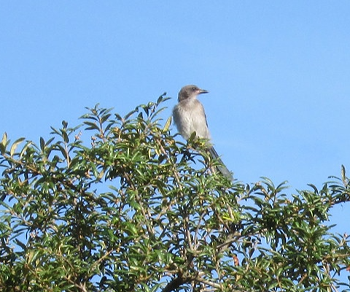
The Inland Avian
Inland locations provide a prime opportunity to witness feathered-friends not found along the immediate coastline. Tall pine trees, ancient oak trees, and the scrubby palmetto bushes provide ample environments for a wide range of birds. Lake Manatee State Park offers plenty of amenities to explore the pine flatwoods, sand pine scrub, and hardwood forest—not to mention the 1,174-acre freshwater lake! Canoeing or kayaking the lake provides a unique perspective when spotting wildlife. You’ll find many species of bird here, so listen for the unique ‘kee-aah’ call of the Florida Red-Shouldered Hawk (Buteo lineatus extimus). As you’re walking along the trails, keep your eyes peeled for the Brown Thrasher (Toxostoma rufum), whose markings camouflage perfectly to the scrubby undergrowth. The rare Prairie Warbler (Setophaga discolor) actually prefers scrubby fields and forests, so this is the perfect place for spotting the yellow-hued songbird.
Birding is Better in Bradenton
Situated along the west coast of Florida just south of Tampa Bay, the Bradenton Area has a variety of natural habitats that are unique to Florida. The shores of the barrier islands, the intercoastal waterway, Manatee River, and uplands provide ample opportunities to spot endless varieties of birds and native wildlife. Learn how to get here and what to do after your birding excursions.
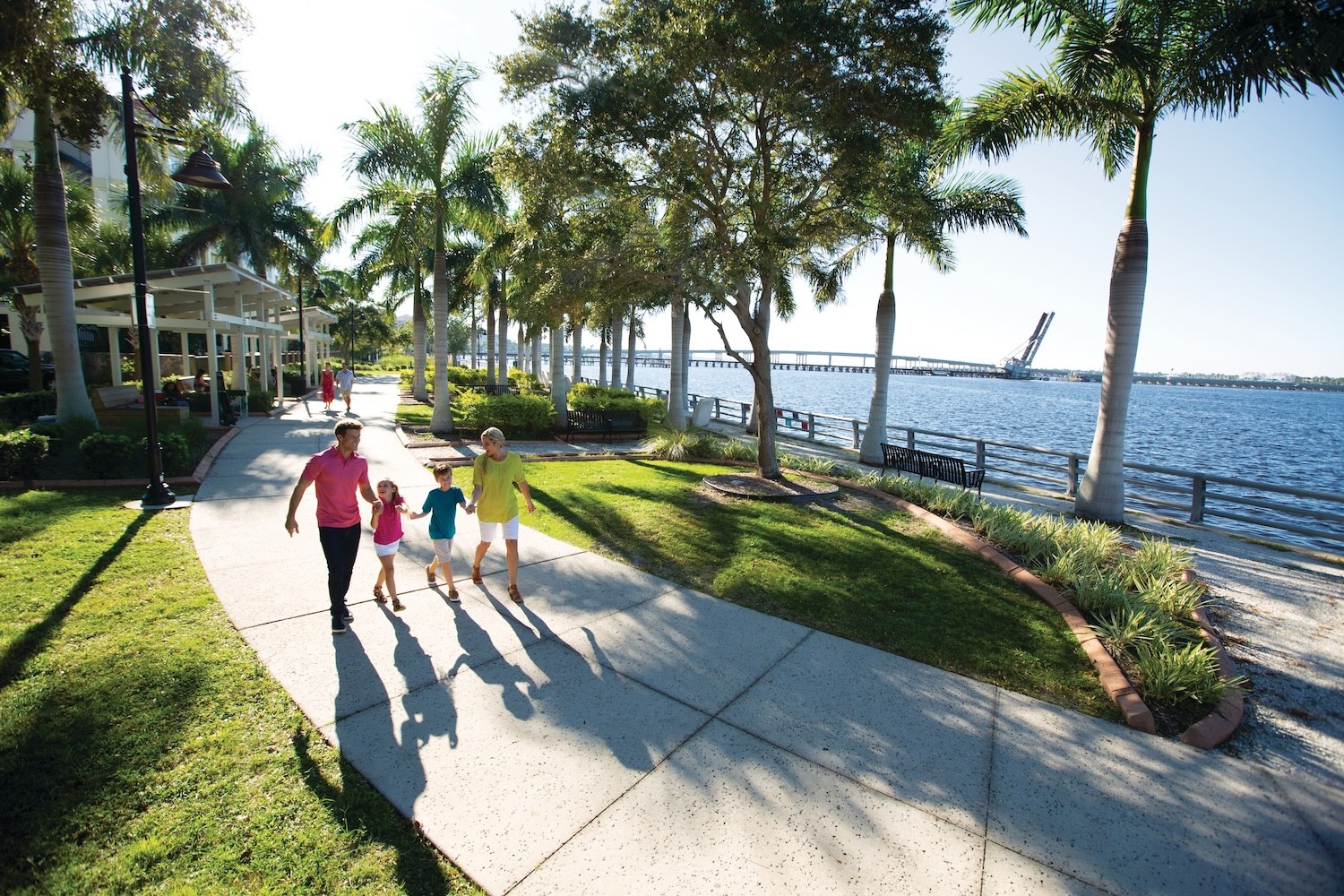
Get OUR NEWSLETTER
Get cool stories like this (and more local tips!) delivered right to your inbox when you sign up for our monthly e-newsletter.
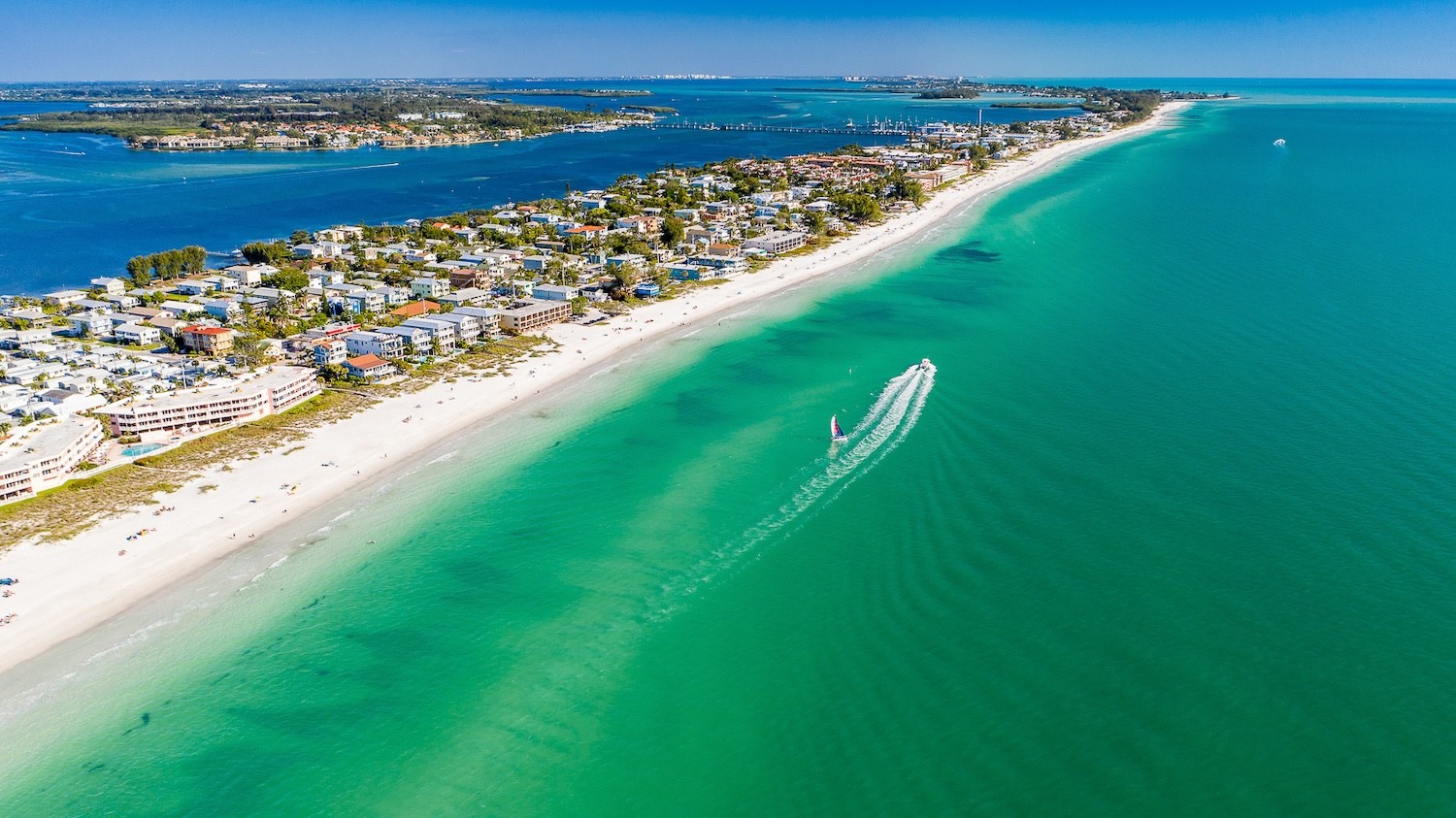
Find your perfect beach
Our picturesque slice of Florida’s Gulf Coast offers a quintessential beach getaway like no other.



